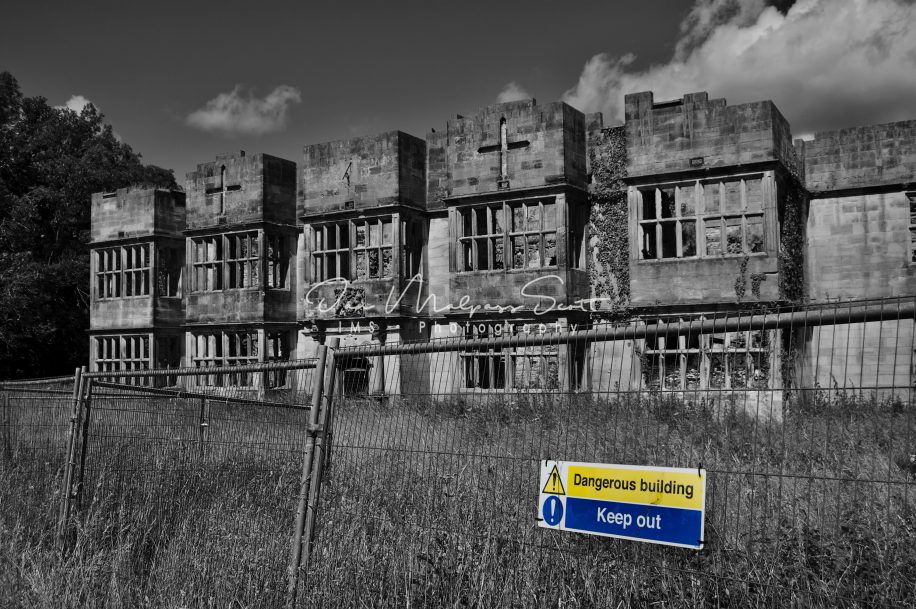![]()
The house at Gibside, Gateshead
Gibside is an estate in the Derwent Valley in North East England. It is between Rowlands Gill, in Tyne and Wear, and Burnopfield, in County Durham, and a few miles from Newcastle-upon-Tyne. Gibside was previously owned by the Bowes-Lyon family. It is now a National Trust property. Gibside Hall, the main house on the estate, is now a shell, although the property is most famous for its chapel. The stables, walled garden, Column to Liberty and Banqueting House are also intact.
The Blakiston family acquired the estate by marriage in about 1540. Sir William Blakiston (1562–1641) replaced the old house with a spacious mansion between 1603 and 1620. Both the Royal (King James I of England) coat of arms and the Blakiston coat of arms are seen over the entrance of the old Hall. The Gibside property came into the possession of the Bowes family in 1713; a result of the marriage in 1693 of Sir William’s great-granddaughter, Elizabeth Blakiston, to Sir William Bowes (1657–1707) of Streatlam Castle (now demolished).
Until 1722, the basis of the Bowes’ influence was their own estate and house of Streatlam Castle, County Durham. However, after that date the acquisition through marriage of the Blakiston estate of Gibside gave the Bowes family an even greater influence in the north of the county and a share in the immense wealth that was to be acquired from the coal trade. The Blakiston estate included some of the area’s richest coal seams.
In 1767 the granddaughter of Sir William Bowes – the “Bowes heiress” Mary Eleanor Bowes – married John Lyon, 9th Earl of Strathmore and Kinghorne, who changed his surname to Bowes due to a provision in her father’s will that any suitor had to take the family name. This was a device to continue the Bowes lineage in the absence of a male heir.
After the split inheritance dispute following the death of John Bowes, 10th Earl of Strathmore and Kinghorne, in 1820, it belonged to his legitimated son John Bowes until his death in 1885 (he is buried in the Gibside chapel), when under the entail it reverted to his cousin the 13th Earl of Strathmore and Kinghorne. It had been the main residence of John Bowes’ mother, Mary Milner, by then Dowager Countess of Strathmore, and her second husband, the politician Sir William Hutt (who had been John Bowes’ tutor), and remained in his ownership until his death in 1882.


